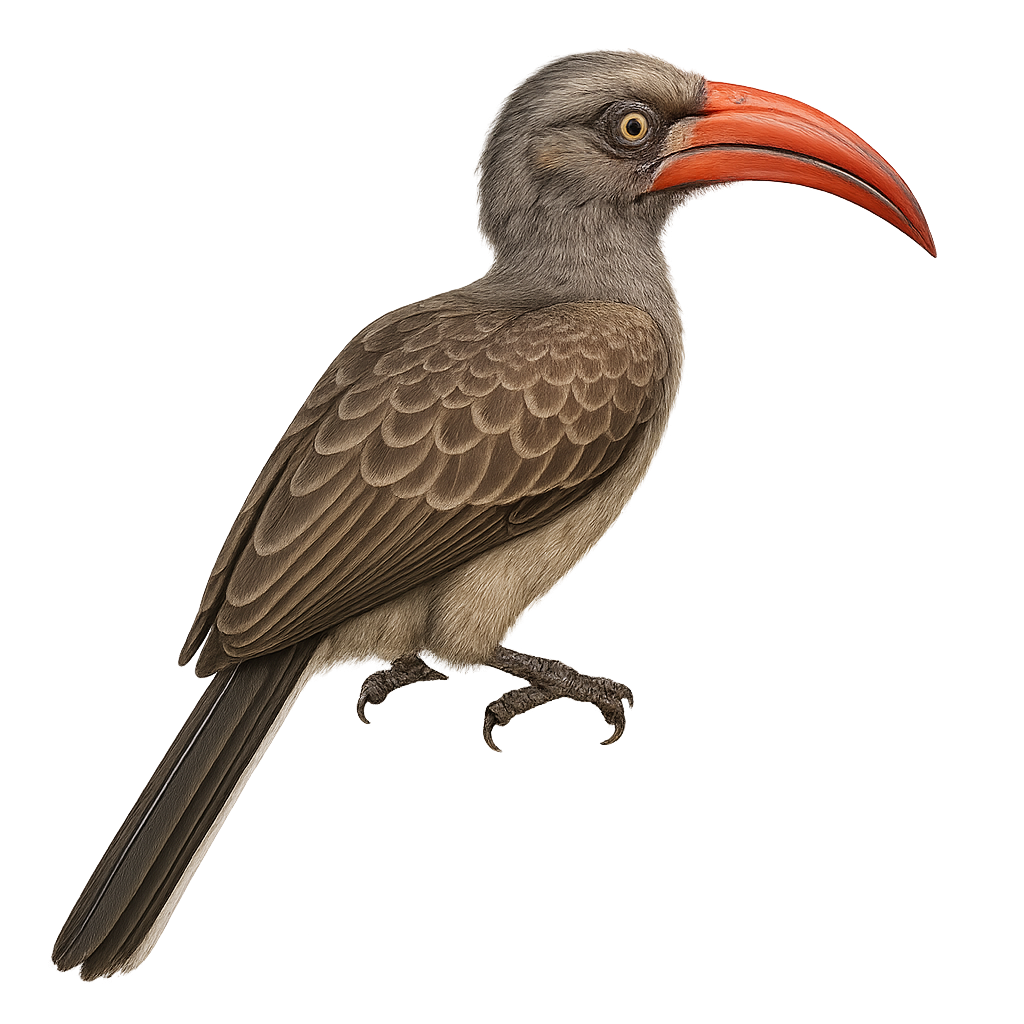Your wildlife photography guide.
Explore the bradfield's hornbill in detail, study its behavior, prepare your shots.
Where to observe and photograph the bradfield's hornbill in the wild
Learn where and when to spot the bradfield's hornbill in the wild, how to identify the species based on distinctive features, and what natural environments it inhabits. The WildlifePhotographer app offers tailored photography tips that reflect the bradfield's hornbill’s behavior, helping you capture better wildlife images. Explore the full species profile for key information including description, habitat, active periods, and approach techniques.
Bradfield's Hornbill
Scientific name: Lophoceros bradfieldi

IUCN Status: Least Concern
Family: BUCEROTIDAE
Group: Birds
Sensitivity to human approach: Suspicious
Minimum approach distance: 10 m
Courtship display: February to April
Incubation: 24-26 jours
Hatchings: February to May
Habitat:
dry savannas, open woodlands, bushy areas
Activity period :
Primarily active during the day, with peak activity in the morning and late afternoon.
Identification and description:
The Bradfield's Hornbill, or Lophoceros bradfieldi, is a striking bird known for its large bill and slender silhouette. It features predominantly grey plumage with shades of white and black, and its bill is often adorned with red. This bird is primarily found in the arid and semi-arid regions of southwestern Africa, notably in Namibia, Botswana, and Angola. It prefers dry savannas, open woodlands, and bushy areas. The Bradfield's Hornbill is a diurnal bird, often seen in small groups or pairs. It feeds mainly on insects, small reptiles, and fruits. Although its conservation status is currently "least concern," monitoring its habitat is crucial for its continued survival.
Recommended lens:
400mm – adjust based on distance, desired framing (portrait or habitat), and approach conditions.
Photography tips:
To photograph the Bradfield's Hornbill, it is advisable to use a 400mm lens or longer to capture detailed images from a distance. These birds, though suspicious, can be observed in dry savannas and open woodlands. It is best to photograph them early in the morning or late in the afternoon when the light is soft and flattering. Be patient and discreet to avoid scaring them away. A tripod can be helpful to stabilize your camera and achieve sharp images.
The WildlifePhotographer App is coming soon!
Be the first to explore the best nature spots, track rutting seasons, log your observations, and observe more wildlife.
Already 1 430 wildlife lovers subscribed worldwide

